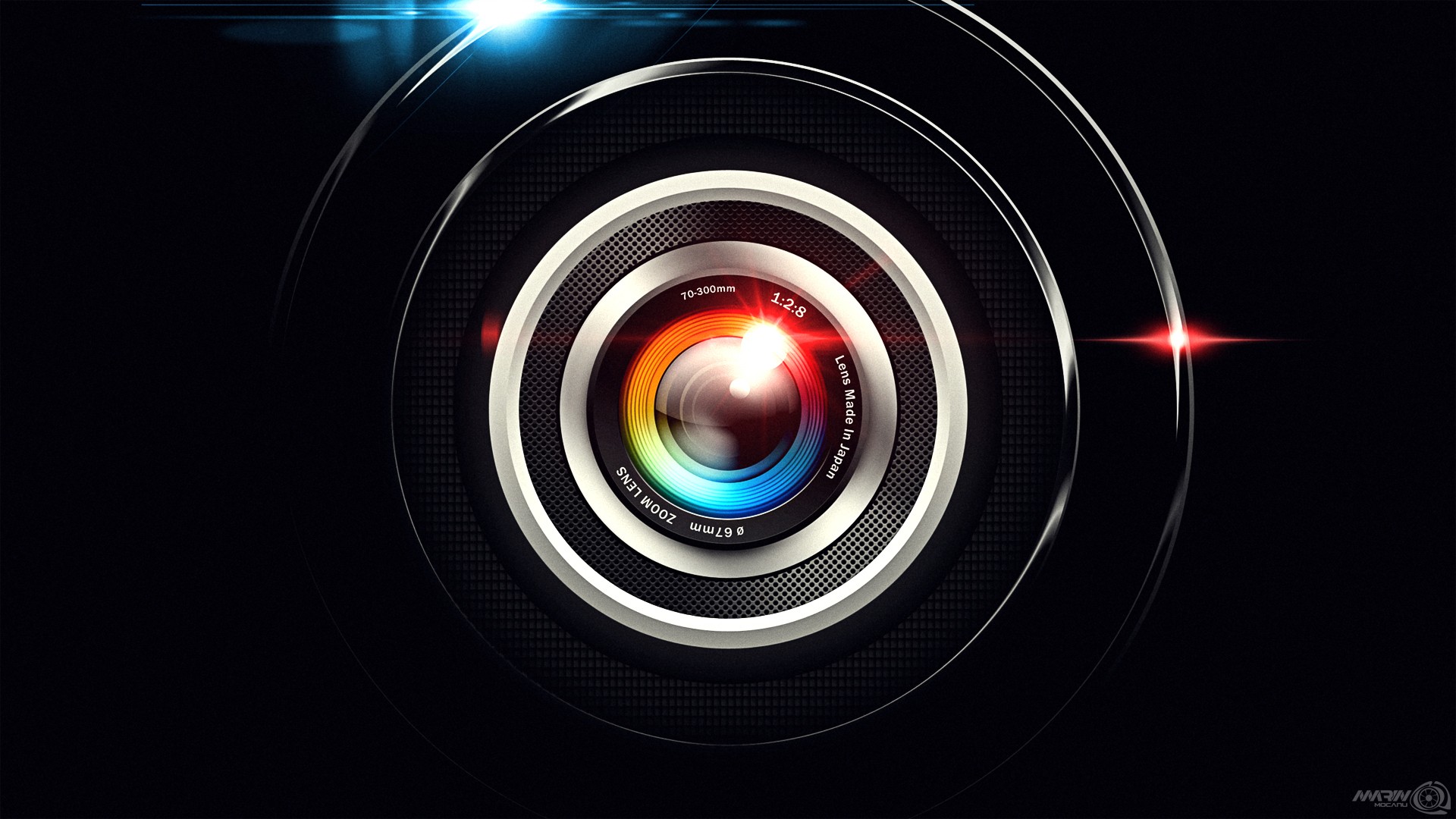It is not surprising that only the most popular and lucrative sporting events and big-league games receive live coverage, as the current streaming-first ecosystem limits the ability of broadcasting companies to expand the range of sports viewing experiences. This leaves a large group of amateur sports enthusiasts, including amateur athletes, coaches, and parents, unable to watch amateur games from their own devices. However, technological advancements in embedded vision hardware and software have made it possible to automate the broadcasting of amateur sports matches, providing more immersive content for viewers and empowering teams with more information to evaluate their performances.
What is automated AI-driven sports broadcasting?
Automated AI-driven sports broadcasting refers to the use of artificial intelligence and automation to broadcast sports games. This can involve using AI algorithms and computer vision to analyze the action on the field and create a live broadcast without the need for human camera operators or other production crew. Automated sports broadcasting can be used to cover amateur sports games that may not have the resources for traditional broadcasting methods, and it can also be used to supplement traditional broadcasts by providing additional angles and analysis. Some of the benefits of automated sports broadcasting include cost savings, greater coverage of amateur sports, and the ability to provide more immersive and informative content for viewers.
What are the benefits of automated AI-driven sports broadcasting?
Automated AI-driven sports broadcasting has several advantages over conventional methods:
- Easy-to-deploy solution with minimal installation effort
- On-field network connectivity for real-time web-based broadcasting on various devices
- Remote production capabilities for multi-feed broadcasts with limited resources
- AI-based analysis of video streams for player evaluation by coaches and team managers
- Showcasing of highlight reels, slow-motion replays, and other engaging content for fans
- Opportunity to raise awareness of lesser-known games, venues, and teams
- Potential to create new revenue streams without on-field resources or expensive equipment
How are AI and analytics revolutionizing amateur sports broadcasting?
AI and data analytics have opened up numerous possibilities for sports broadcasters through embedded vision. The end applications come with a pre-built data analytics engine that captures insights from every camera angle and provides coaches, team managers, and others with data-rich content. These insights can also be used to create customized training programs for players. Automated AI-driven sports broadcasting also allows parents and other interested parties to watch games remotely, enhancing the viewing experience for them while providing team selectors and strategists with the ability to automate player performance assessment.
How to choose the ideal cameras for automated sports broadcasting?
The camera is a key component of any automated sports broadcasting system, serving two main purposes: streaming matches for live broadcasting and viewing, and providing image data for processing and sports analytics. Equipped with the appropriate sensor, a camera can capture live movements and transmit them as high-definition video feeds through an integrated platform. Multiple cameras are often used to provide a panoramic view and capture as many angles as possible by tracking the movement of players on the field in real-time.
Choosing the right camera solution is critical for modern sports broadcasters, but it can be challenging to understand the specific features a camera should have to maximize imaging and data power. Here are some key camera features to consider when selecting a camera for an automated AI-driven sports broadcasting system:
Camera Resolution:
When choosing a high-resolution camera for sports broadcasting, consider factors such as resolution (4K or 1080p), bandwidth, and cost. 4K offers better detail and colors but may be more expensive and require more bandwidth, while 1080p is widely used and supports most current AI-based sports analytics. The decision should be based on the specific needs and budget of the broadcasting system. See3CAM_CU135 and See3CAM_CU81 – AR0821 are two of the most popular products in 4K resolution cameras.
High Dynamic Range:
HDR (High Dynamic Range) is a useful feature for sports broadcasting, especially for outdoor games where lighting conditions can vary. It allows the camera to adapt and adjust to changing lighting and capture both the brightest and darkest areas of a scene. However, the usefulness of HDR may be limited by proper camera placement to avoid direct sunlight. The decision to choose a camera with HDR capability should consider both lighting conditions and camera placement.
Multi-camera support
For effective sports broadcasting, the camera solution should support multiple cameras to capture all angles during live streaming. The number of cameras needed may range from 2 to 4-6, depending on the desired coverage. The cameras should also be able to operate synchronously.
180-degree stitching
The camera solution should have panning and tilting features and the ability to stitch together images from multiple cameras to provide a 180-degree view, potentially reducing the number of cameras needed in a stadium.
IP rated enclosure design
IP-rated enclosures are important for protecting sports broadcasting cameras against dust, water, and solids during product design and development. IP66 rated cameras are ideal for harsh weather conditions.
Compatibility with embedded platforms
Sports broadcasting requires AI-compatible processors, chosen based on bandwidth needs. A low-end processor like NVIDIA Jetson Nano may suffice, but high resolution streaming may require a higher-end processor like NVIDIA Jetson AGX Xavier. Products like the SurveilsQUAD and e-CAM22_CUXVR – Sony STARVIS™ by e-con Systems use AI-compatible processors and have ideal compatibility for automated broadcasting systems.

Guest contributor Maharajan Veerabahu is the Co-founder at E-Con Systems, a leading OEM camera solutions provider with 18+ years of experience and expertise in embedded vision. Any opinions expressed in this article are strictly that of the author.











